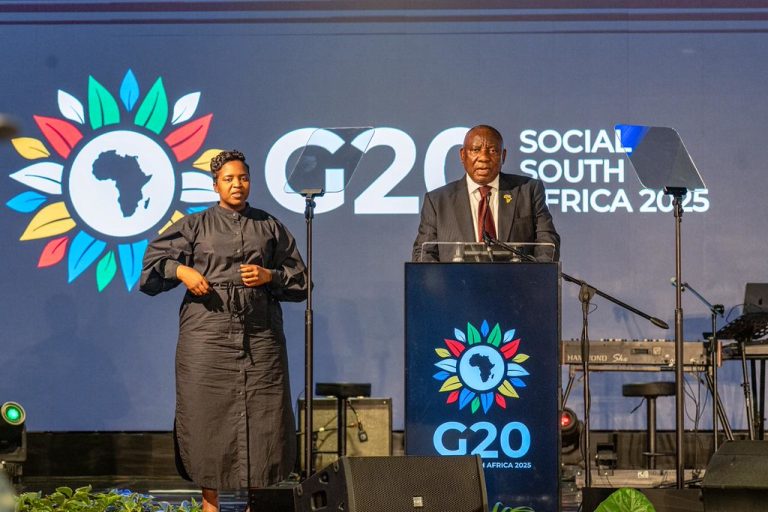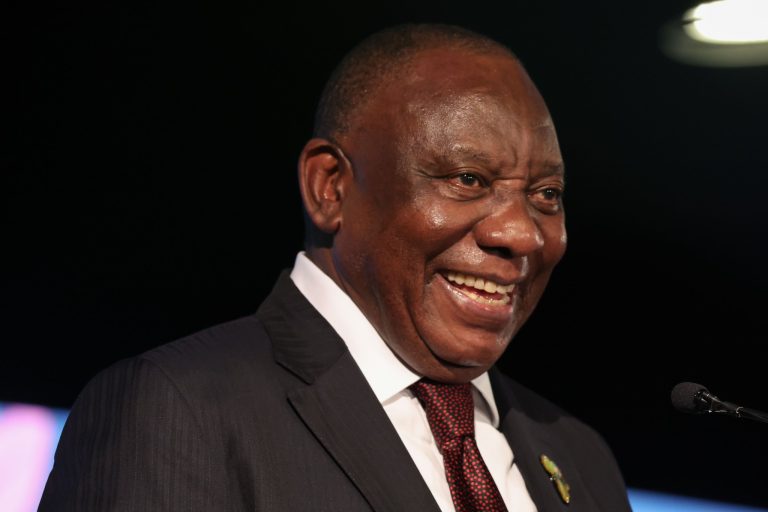- Uganda’s inflation stays within 5% target
- Central bank eases policy rate to 9.75%
KAMPALA, UGANDA – Uganda’s inflation edged closer to its medium-term target in fiscal year 2024/25, reflecting both resilient domestic demand and easing global cost pressures.
Headline inflation averaged 3.5%, slightly higher than 3.2% the previous year, while core inflation accelerated to 3.9% from 3.0%, according to the Bank of Uganda (BoU).
“The increase in core inflation reflected both underlying economic strength and emerging vulnerabilities in domestic demand,” the BoU said, noting that higher costs in transport, education and healthcare pushed services inflation to 5.6% from 4.0%.
Favourable weather and lower global energy prices, however, helped offset broader inflationary risks. Non-core inflation dropped to 1.1%, stabilising overall consumer prices.
Bank of Uganda’s measured response
To manage inflation, the BoU maintained its Inflation Targeting framework, implementing cautious rate cuts to sustain growth. The Monetary Policy Committee reduced the Central Bank Rate (CBR) from 10.25% at the close of FY 2023/24 to 10.0% in August 2024, and again to 9.75% in October, where it remained for the rest of the year.
Officials said the measured easing aimed to support economic recovery while keeping inflation expectations anchored. “This policy stance supported growth without compromising stability,” a BoU spokesperson said.
The Ugandan shilling appreciated by an average of 2.7% against the US dollar during the year, helping to contain imported inflation and boost investor confidence. Money market rates also remained within the BoU’s target band, signalling effective liquidity management and stable financial conditions.
Stable outlook, moderate risks
By the end of FY 2024/25, both headline and core inflation remained within the BoU’s 5% medium-term target. The stable macroeconomic environment supported robust growth, with real GDP expanding by 6.3%.
“The coordinated fiscal and monetary policies helped preserve purchasing power and ensure sustainable growth,” the BoU noted.
Looking ahead, the central bank projects core inflation to average between 4.5% and 5.0% in FY 2025/26, returning fully to target over the medium term. However, potential risks include extreme weather, rising import costs, exchange rate volatility, and geopolitical tensions.
The BoU said it continues to refine its macroeconomic models to better capture the effects of climate change and global shocks. Its core goal, it added, remains “maintaining price stability and a sound financial system to support Uganda’s long-term socio-economic transformation.”










